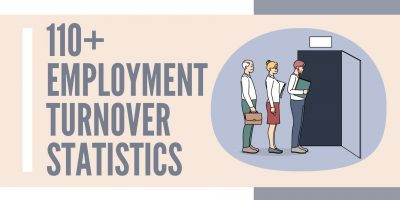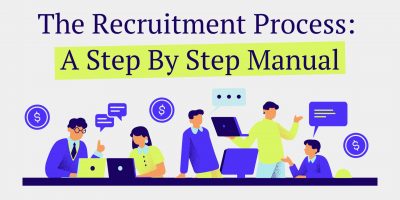
110+ Employment Turnover Statistics in 2024
A great onboarding process can make a significant difference in retention. Explore 120+ onboarding statistics that show how valuable this process can be for a company.

Tuition reimbursement programs are quickly becoming a sought-after benefit for employees.
Workers in many fields look for continuous education and allowing students to gain new skills can give companies a competitive edge.
These employee benefits can provide positive results for both workers and the companies that employ them.
Below are statistics and research to outline the effectiveness of tuition reimbursement programs


Continuous learning is a benefit that helps employers retain their employees, and it also improves the work of employees. For a benefit that can help a company as much as it helps workers, employers can investigate which tuition reimbursement companies can help facilitate these programs.
Browse our curated list of vendors to find the best solution for your needs.
Subscribe to our newsletter for the latest trends, expert tips, and workplace insights!

A great onboarding process can make a significant difference in retention. Explore 120+ onboarding statistics that show how valuable this process can be for a company.

Unlock the secrets to a seamless and successful hiring process, empowering your organization to build a dynamic and thriving team.

Uncover free ATS solutions to help you streamline your hiring cycle and reduce costs.

Empower middle management to navigate the Great Resignation by addressing burnout and providing essential support. Discover how age, gender, and race influence this transformative workforce trend.
Used by most of the top employee benefits consultants in the US, Shortlister is where you can find, research and select HR and benefits vendors for your clients.
Shortlister helps you reach your ideal prospects. Claim your free account to control your message and receive employer, consultant and health plan leads.